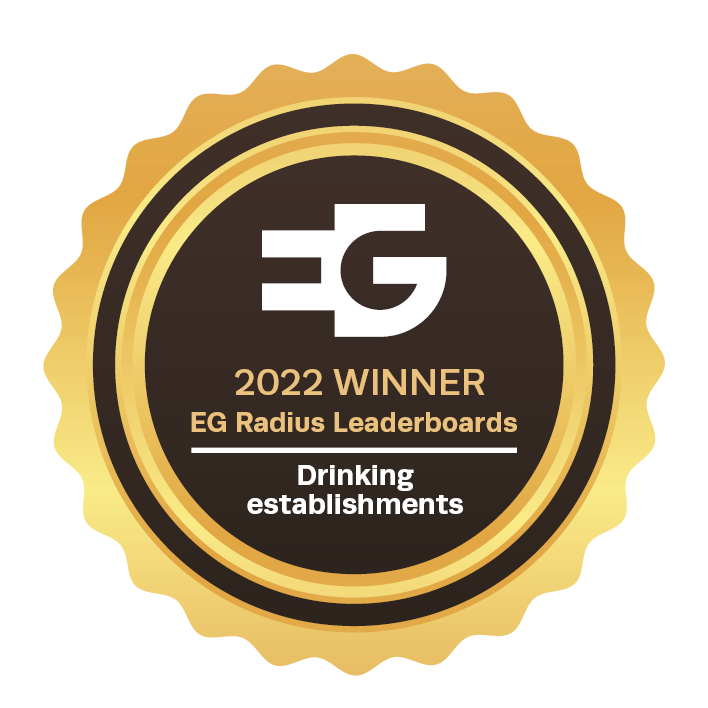







The current leasehold restaurant market is a very competitive one. Although I serve the south east, my colleagues across our national network of offices report the same trends in the major towns and cities across the UK.
Location remains an important factor although many operators are considering less obvious locations due to the lack of available sites in prime locations. However, when looking for the right site, the age-old agency advice remains true: do your homework! Consider the demographics, not only the current market, but also the type of individual you would like to attract. Many off pitch sites can create a buzz on their own, without relying upon footfall from successful neighbours. These operations often have a loyal customer base and therefore existing footfall is not a factor when choosing a property.
Those with existing successful businesses tend to hold on to their properties; and if approached with a view to acquiring a site, demand high premiums to exit. Often those looking to sell are not only cautious with regard to the affect of marketing on their business but also, when selling a leasehold, vendors have to ensure that the purchasers are of sufficient covenant strength to satisfy their landlords' requirements.
As the market narrows, it can be a struggle to find existing A3 (restaurant) sites and many operators have been looking to unlock the potential of either unlicensed, A4 (pubs and bars) or A1 (retail) sites; applying for a change of use. However, it is essential to mention that the Neighbourhood Planning Act 2017 received Royal Assent on 27 April 2017 and you now require planning permission to change the use of an A4 licensed premises.
After acquiring a restaurant site, it is normally expected that the décor will change, although your offer may be similar to the previous business. Existing trading evidence, if provided, will assist in giving you comfort that the restaurant you are buying can sustain the current level of rent, but in all probability you will not be trading like-for-like. Therefore it is essential to ensure that you have a detailed business plan to support the acquisition/purchase costs, refurbishment, staffing and marketing.
External customer seating, despite our dismal climate, is becoming an essential requirement for many restaurant purchasers. Not only does it increase your trading potential, in some cases doubling the covers, but it has become part of the marketing, an enticing display luring in the passing footfall traffic. Even a minimal number of covers can really change a sites appeal.
One of the hot topics of conversation in recent months has been the hike in Business Rates. As the revised rates take into account soaring property prices, those in the south east will face the highest increases. The very operators who have created diversity in every town and city in the south east appear to bearing the brunt in terms of impact on their businesses costs and this is leading to a number of businesses looking for smaller and off pitch sites to reduce overheads yet to protect their position in the market.
The implications of Brexit are yet to be known, however, with many restaurateurs employing European staff there are concerns that this work force will not be able to remain in the UK after Brexit. This issue would perhaps affect London more than other regions but it is feared that the existing chef shortage could be exacerbated.
Digital innovation continues to amaze, however, technological expansion is posing a threat and might shape the industry of the future. Delivery companies such as Deliveroo and reservation apps such as ResDiary are capitalising on the myriad and diversity of operators. Whilst on one hand this additional technological exposure increases brand awareness and helps diversify the offering, there are also fears that profits may be eroded by consumers choosing to eat in the comfort of their own home or partnerships only being forged in order to remain on trend rather than with business initiatives in mind. Fleurets' London office is currently marketing a relatively small 40 cover Camden restaurant, however, the site is suddenly finding itself the centre of attention from a number of high profile operators, due to its takeaway service potential. Such a small unit would not normally have been considered right however, one operator suggested that in order to create a strong brand, having covers on site was less important than a location that can build a delivery reputation.
Finally, the key to the success of any purchase is to keep the channels of communication open between agent, vendor and purchaser; understanding and matching requirements is essential. Whether you are looking for a restaurant to buy or a restaurant to let, our agents at Fleurets understand the ever-evolving nature of this market and are happy to discuss your requirement, whether traditional or slightly more experimental.